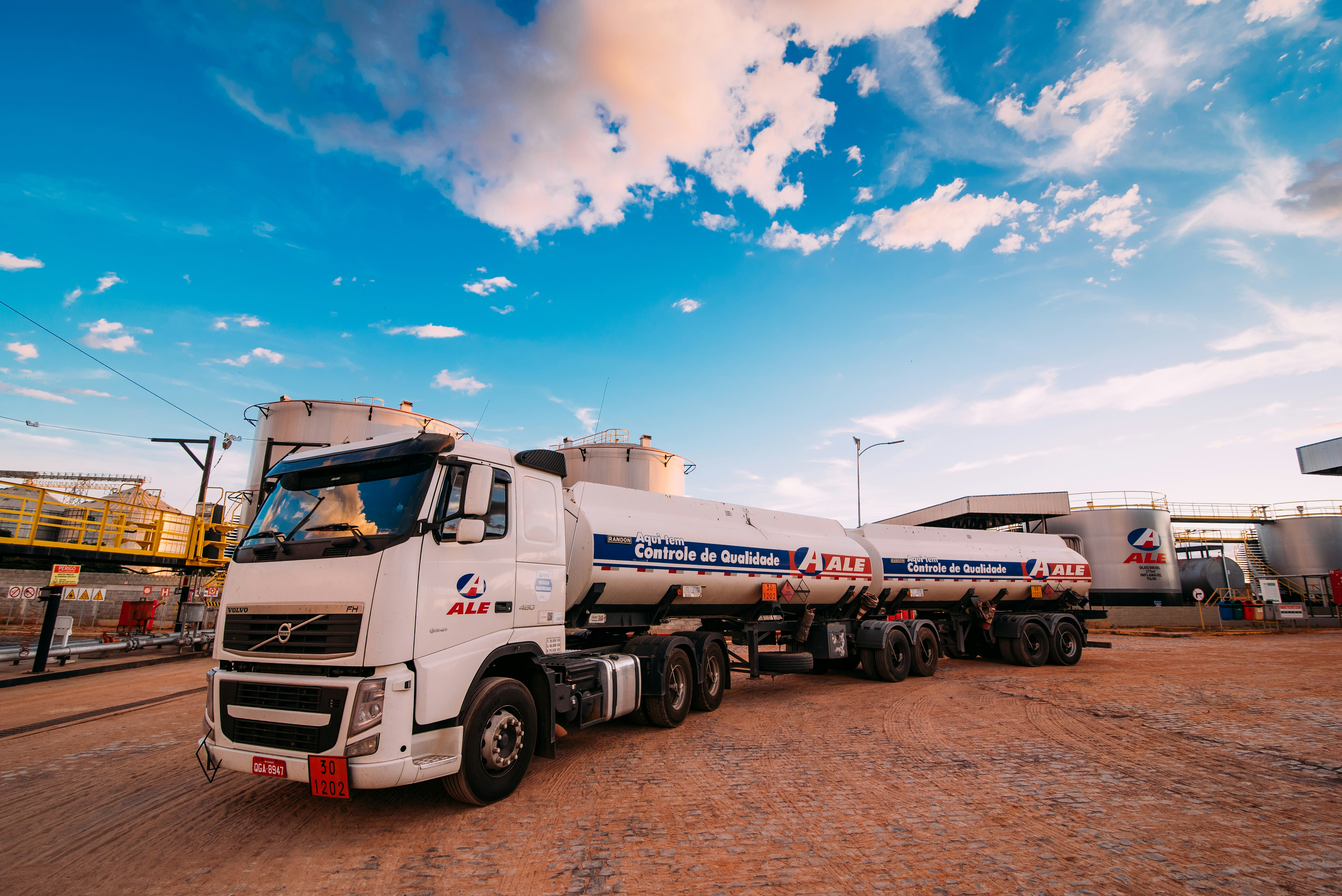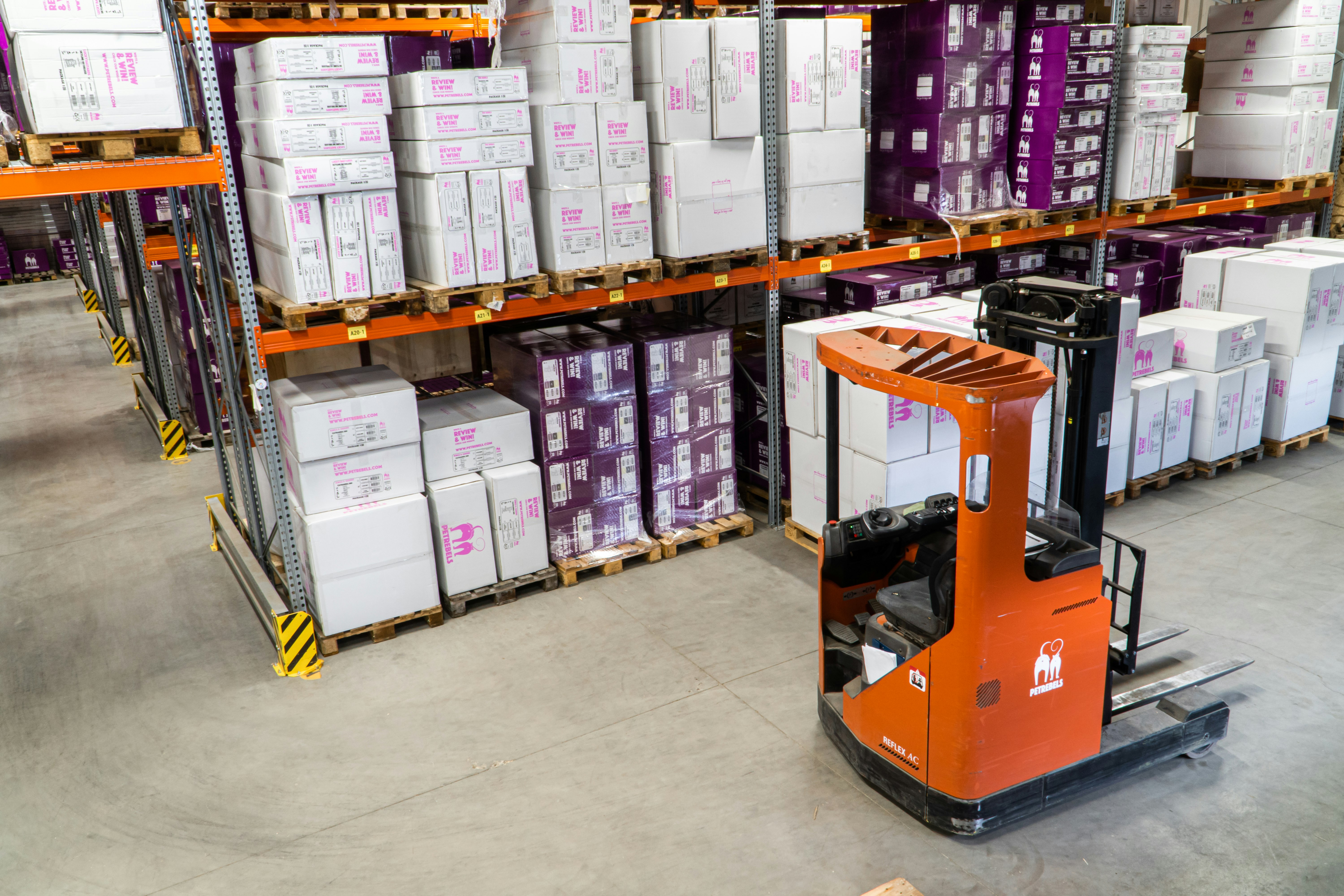Diversify sources
As the pandemic has shown, relying on a single source is a bad idea. As such, broadening the range of sourcing geographically increases choices and abundance in your supply chain. It is easier to become flexible and adjust to the changing markets with many suppliers, which pandemics and other disasters can cause. In most cases, diverse sourcing is key to the success of a brand because it locates goods and materials while maintaining or growing customers and profits.
Improve shipment process visibility
As a supply chain company, the best way you can deal with delays and rerouting is to offer real-time feasibility into the shipment process on macro and micro levels. On a micro level, customers must know exactly where each shipment is located at a given time so that they can change the route and shipping method if necessary and update customers accordingly on the changes. On the other hand, you need to share insight with the customer into the flow of goods in the system at a macro level so that the supply chain can be optimized, the shipment method chosen, routes and contractors kept updated. Doing this demands low latency and enhanced analytics that can gather information faster.
Find alternative shipping ports
Increase your shipping success by looking for alternative ports that meet your fulfilment needs. This will allow you to stay on schedule regardless of unforeseen events or a sudden rise in customer orders. With the increase in brands that depend on Asia for imports, the ports that receive items from this destination often get flooded, and the fulfillment process is sometimes hectic and can take a lot of time. Given this, it would be wise to identify a failsafe in case congestion is experienced, leading to inefficiencies.
Optimize your shipping routes
As air routes continue becoming competitive than during the pandemic's peak, making them viable again as an alternative when the marine or road networks are clogged should be alternative. Logistics teams need the flexibility and agility to mix and match their strategy to help customers fulfil their promises. This involves matching their strategies with regards to sea, road and air freight with the sole purpose of meeting the customer expectations. This demands trustworthy data logging alternatives that can cope with the changing transportation methods.
Ensure transparency
In a volatile shipping situation, it is important to share real-time information with the customer regarding where the shipment is, when it is expected, the cause of delay, and the condition of the products. With the longer shipment times, which can be due to different aspects, including shipping methods, rerouting, and changes in shipping routes, the customer needs to know aspects like expiration dates, temperature, and shocks. Customers must understand crucial aspects that may affect the product and delivery, which can only be achieved through transparent supply chains. Quality assurance demands enhanced visibility, especially for perishables like food and pharmaceutical products.




















